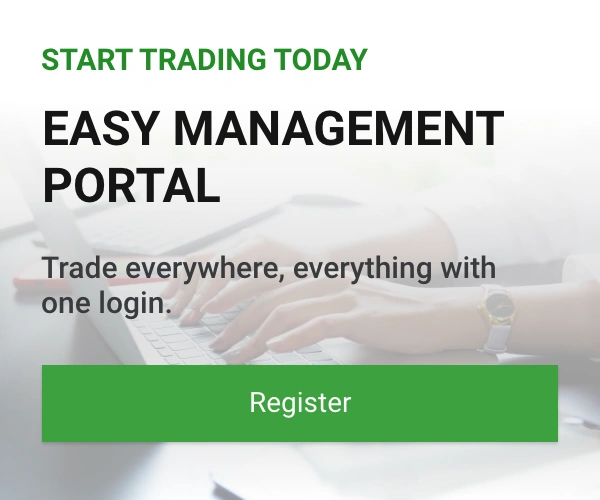MT4 has multiple such types and they require exploring
In the past decade, exploring Forex trading has captured the attention of people worldwide as one of the most alluring business prospects. Individuals from diverse backgrounds are now actively considering venturing into the lucrative realm of currency markets due to their accessibility and intriguing trading dynamics. In this article, we’ll delve into the various order types employed by Forex traders, shedding light on how they navigate this exciting financial landscape.
Exploring for the Right Broker and Trading Platform
Your journey into the world of Forex trading begins with a crucial decision: selecting the right Forex broker. Once you’ve made this choice, the next step is to download the broker’s trading platform software. This software will serve as your gateway to the Forex market, allowing you to execute trades efficiently.
Upon launching your trading station software, you’ll discover numerous ways to enter the market. In essence, these methods represent different ways of initiating a trade, either to buy or sell a currency pair. Let’s explore some of the most common order types that traders utilize.
Exploring Market Orders: Trading at the Current Market Price
A “Market Order” is one of the simplest order types in Forex trading. When you place a Market Order, you are essentially instructing your broker to buy or sell a currency pair at the prevailing market price, the moment your order is executed. It’s akin to saying, “I’ll buy or sell this currency pair at whatever price it is at the instant my order is processed.” Market Orders are executed within milliseconds, ensuring swift entry into the market.
Don’t forget to check out our various Calculators, which can greatly help with calculating your profits and getting the right entry/exit points for your strategies.
Entry Orders: Specifying a Future Price Target
Conversely, an “Entry Order” allows you to specify a particular price at which you want to buy or sell a currency pair in the future. This price target is determined based on your analysis of technical and fundamental indicators. The beauty of Entry Orders lies in their flexibility; you can set them at various price levels, including the low or high of a specific time period. For instance, it’s common practice to set an Entry Order at the “open price” of a given time period. By doing so, you express your intent to buy or sell at a predefined price, contingent on market conditions reaching that level.
Stop and Limit Orders: Safeguarding Your Trades
Once you’ve entered a trade, it’s essential to employ protective measures to mitigate potential losses and secure profits. This is where “Stop” and “Limit” orders come into play. They act as automatic safety locks, ensuring you don’t bear the brunt of unfavorable market movements.
- Stop Orders: These are used to limit losses. If you’re in a long (buy) trade, a Stop Order is placed below the current market value of the currency pair. In other words, it acts as an insurance policy against your trade moving too far in the wrong direction.
- Limit Orders: On the flip side, “Limit Orders” are your ticket to locking in profits. When you’re in a long (buy) trade, a Limit Order is positioned above the current market value of the currency pair. It acts as a safeguard to secure your gains once the market reaches your predetermined profit level.
In conclusion, navigating the Forex market involves mastering various order types. Market Orders allow for immediate entry at current prices, while Entry Orders provide flexibility by specifying future price targets. Additionally, Stop and Limit Orders serve as vital tools to protect your trades and secure profits. As you embark on your Forex trading journey, always remember to utilize these order types judiciously to enhance your chances of success in this dynamic financial arena.
Explore more about what influences the Forex market in our previous blog post.












